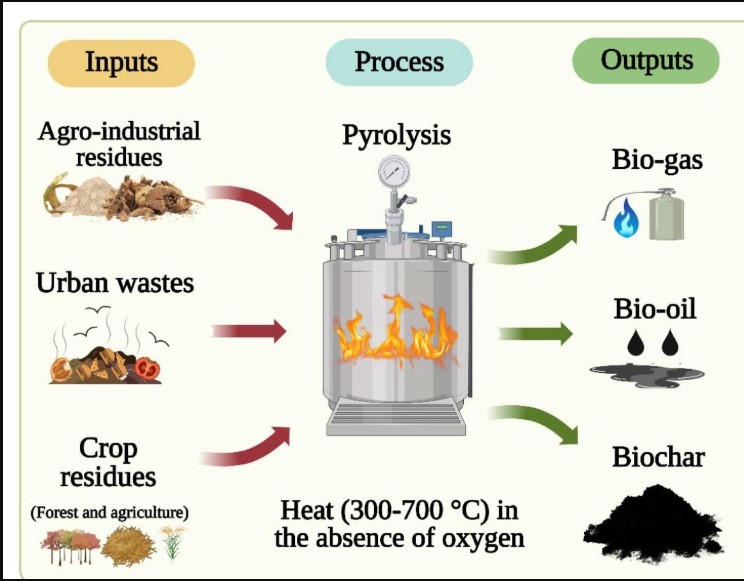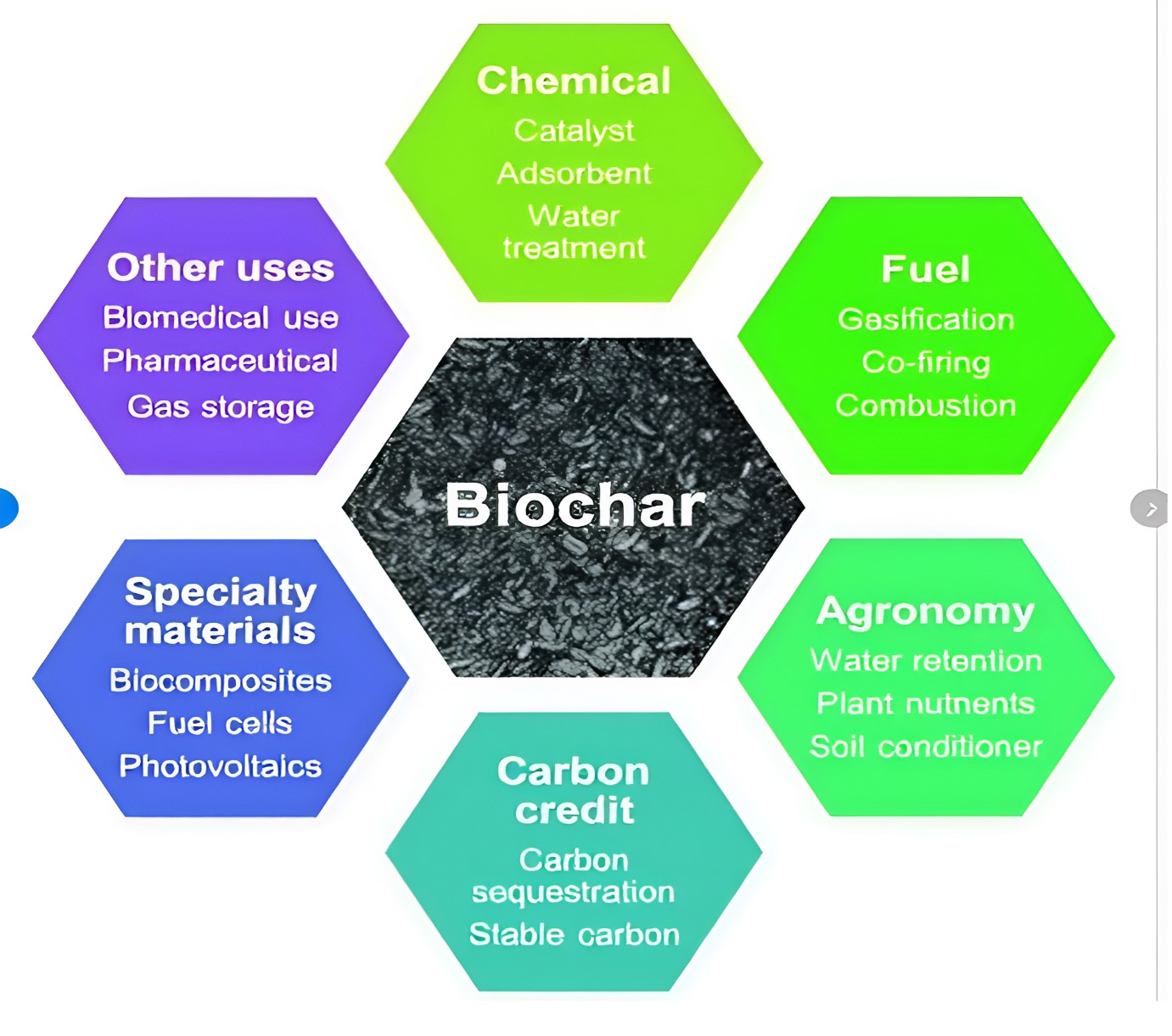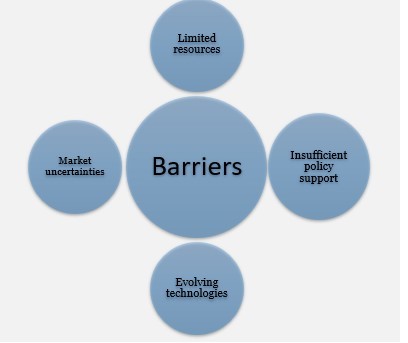7667766266
enquiry@shankarias.in
Indian carbon market set to be launched in 2026 and CO2 removal technologies such as biochar are expected to play a crucial role.

A significant portion of waste is burnt openly or dumped in landfills, leading to air pollution from particulate matter and greenhouse gases such as methane, nitrous oxide, and CO2.

India generates more than 70 billion litres of wastewater every day, of which 72% is left untreated.
|
Biochar as a Carbon Sink |
|
